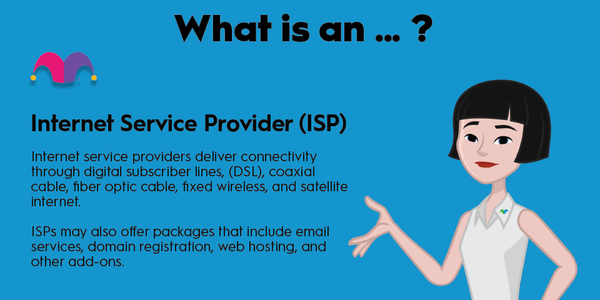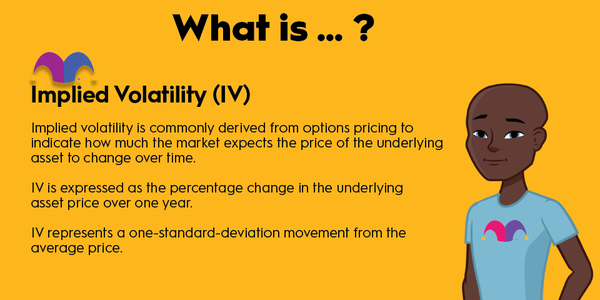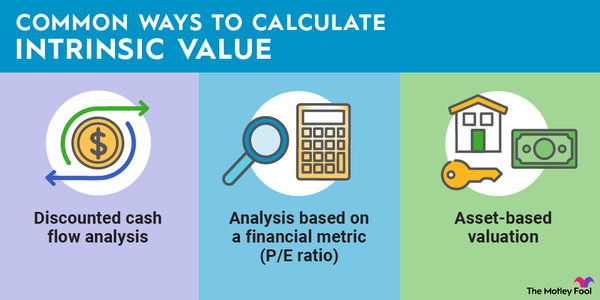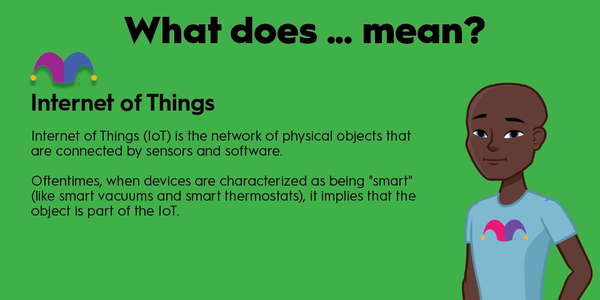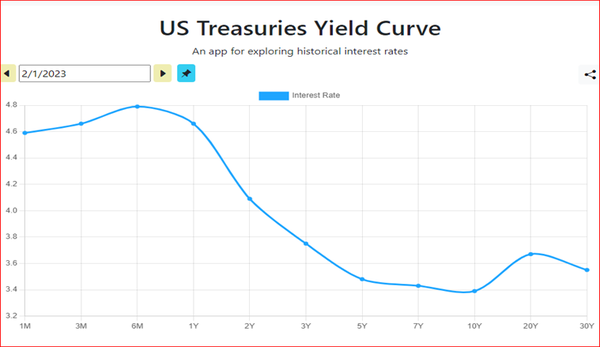An Iron Condor is an options trading strategy. The complex strategy gets its name from its profit-and-loss profile. An Iron Condor consists of four option legs with different strike prices and the same expiration date. The wing options limit the trader's downside, while the head caps the profit potential. Experienced options traders use an Iron Condor to profit from a relatively flat underlying stock or stock market index.
This article will discuss the Iron Condor, how it works, why an investor would use this options trading strategy, and an Iron Condor trade example.
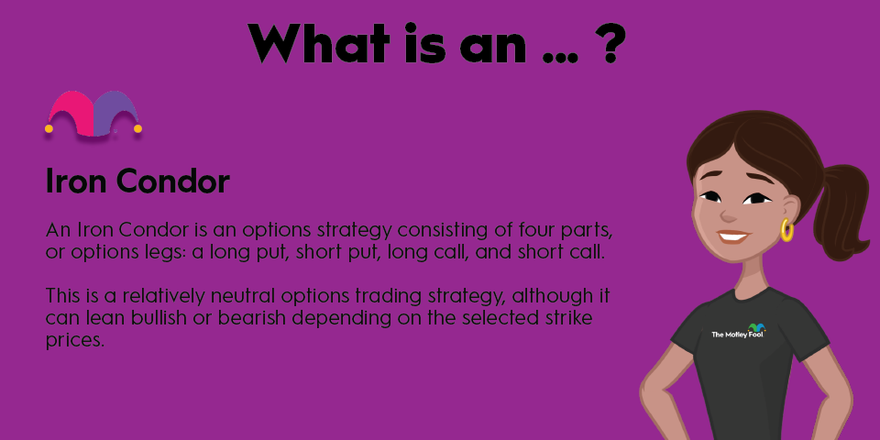
What is it?
An Iron Condor is an options strategy consisting of four parts, or options legs:
- A long put.
- A short put.
- A long call.
- A short call.
All four options have a different strike price but the same expiration date. The Iron Condor gets its name from the profit and loss chart, which looks like a bird with wings.
An Iron Condor is a relatively neutral options trading strategy, although it can lean bullish or bearish depending on the selected strike prices. The strategy seeks to profit from an underlying stock or stock market index that an options trader expects will experience fairly low near-term volatility.
An Iron Condor generates an option's premium or credit, making it an income strategy. It has a capped upside (the maximum profit is the net credit received) and a limited downside (capped at the difference between the short options' strike prices plus or minus the net credit received).
How an Iron Condor works
How an Iron Condor works
An Iron Condor aims to profit from a stock or underlying index that doesn't move much in the near term. The strategy seeks to generate options income with limited downside risk. An Iron Condor consists of four options trades, or legs, which an investor can set up to execute as a single trade with most options trading platforms.
Here's how to set up an Iron Condor:
- Buy a put with a strike price below the current price of the underlying stock or market index. This put option helps protect against a significant decline in the underlying equity and limit the loss.
- Sell a put with a strike price closer to the current price of the underlying stock or index.
- Sell a call with a strike price above the current price of the underlying stock or index.
- Buy a call with a strike price further above the current price of the underlying stock or index. This call option will help protect against a significant upside move in the underlying equity and cap a potential loss.
All four options trades will have the same expiration date, usually 30 to 45 days in the future.
An Iron Condor has two breakeven points:
- The strike price of the sold put minus the net credit received.
- The strike price of the sold call plus the net credit.
An Iron Condor can achieve its maximum profit (i.e., the total net credit received) when the underlying stock or option closes between the strike prices of the sold put and call at expiration.
Meanwhile, the maximum loss occurs if the underlying stock or index closes above the purchased call or below the purchased put at expiration. However, the loss is limited in both cases.
Break-Even Point
Why an investor would use an Iron Condor
Why an investor would use an Iron Condor
Iron Condors are an advanced options trading strategy to generate income. An options trader receives a net credit (option premium) upon setting up the trade. They get to keep the entire premium if the underlying stock or market index remains within the range of the sold put and call at expiration. Meanwhile, the trade can still generate some income if it remains within the breakeven points.
Experienced options traders primarily use Iron Condors when they expect the underlying stock or market index to experience limited near-term volatility. That makes it a relatively neutral strategy. It allows an investor to make money during a flat period in the market.
Related investing topics
Example
An Iron Condor example
A common Iron Condor options trade uses a large stock market index like the S&P 500 index as the underlying equity. For example, an investor might choose a major exchange-traded fund (ETF) tracking the S&P 500. A notable S&P 500 ETF is the SPDR S&P 500 ETF Trust (SPY 0.95%).
In mid-2023, the SPDR S&P 500 ETF Trust had a trading price of slightly more than $410 per share. Using that underlying price as an example, an investor can set up an Iron Condor by executing the following four legs of the option strategy as a single trade:
- Buy a put with a strike price of $405 that expires in 45 days. In mid-2023, this put option cost roughly $6.60 per share, or $660 for a single contract (100 shares).
- Sell a put with a strike price of $410 with the same expiration date, receiving an $8.10 per share credit or $810 per contract.
- Sell a call with a strike price of $415 with the same expiration date, receiving $7.40 per share or $740 per contract.
- Buy a call with a strike price of $420 with the same expiration date, paying $4.70 per share or $470 per contract.
This Iron Condor would generate a net credit of $420 for each contract an investor sets up ($810 + $740 - $660 - $470). That's an investor's maximum profit on the trade, which they'd earn if the SPDR S&P 500 ETF Trust is between $410 and $415 per share at expiration. Meanwhile, the trade would still be profitable as long as the underlying didn't breach either breakeven point:
- $405.80 - sold put strike price ($410) minus the credit received ($4.20).
- $419.20 - sold call strike price ($415) plus the credit received ($4.20).
Finally, the maximum loss would be limited to $80 per contract if the underlying finished below the purchased put strike price ($405 in this example) or above the purchased call strike price ($420).
